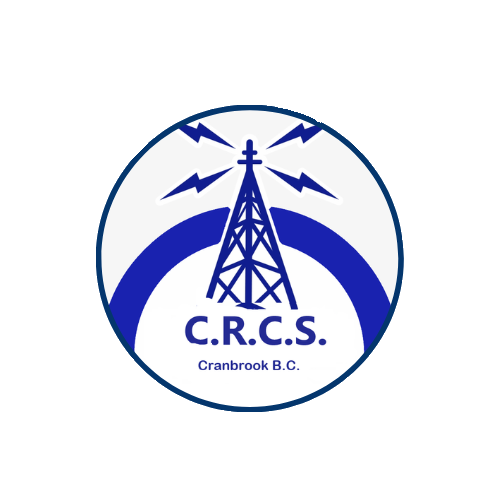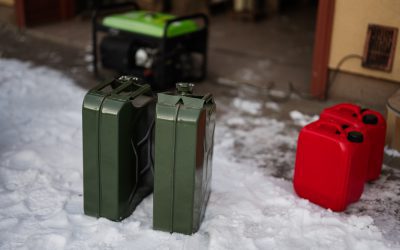For amateur radio operators, understanding propagation is essential to making successful contacts, especially when planning long-distance QSOs. Propagation tools can significantly enhance your operating experience by predicting how radio signals will travel based on atmospheric conditions. In this guide, we’ll explore the basics of radio wave propagation, introduce useful propagation tools, and explain how to use them to maximize your QSOs.
What is Radio Wave Propagation?
Radio wave propagation refers to how radio signals travel through the Earth’s atmosphere. Various factors like solar activity, atmospheric layers, and geographic location influence how well signals are transmitted and received. Knowing the characteristics of different propagation modes can help you choose the best frequency and time for communication.
Key Propagation Modes
- Ground Wave Propagation
- Best for short-range communication on lower frequencies (below 2 MHz).
- Commonly used for AM broadcasting and maritime communication.
- Skywave Propagation
- Signals bounce off the ionosphere, enabling long-distance communication on HF bands (3-30 MHz).
- Affected by solar activity and ionospheric conditions.
- Line-of-Sight Propagation
- Used for VHF, UHF, and microwave communications.
- Ideal for local communications like repeater networks.
Why Use Propagation Tools?
Propagation tools analyze solar data, geomagnetic conditions, and atmospheric factors to predict how signals will behave. By using these tools, amateur radio operators can:
-
Determine the best frequencies and times for long-distance QSOs.
-
Track real-time solar activity and space weather events.
-
Identify band openings for specific regions.
-
Optimize antenna placement and orientation.
Popular Propagation Tools for Amateur Radio
Here are some widely used tools that can help you monitor and predict propagation conditions:
-
VOACAP (Voice of America Coverage Analysis Program)
-
A powerful propagation prediction tool for HF bands.
-
Provides detailed coverage maps and probability charts.
-
Ideal for DXers and contesters.
-
-
DXMaps
-
Real-time propagation maps based on reported contacts.
-
Visualizes band openings and propagation paths.
-
-
PSKReporter
-
Monitors digital mode signals like FT8 and PSK31.
-
Tracks signal reports globally, giving insight into real-time propagation.
-
-
SolarHam
-
Offers live solar data, including sunspot numbers and geomagnetic conditions.
-
Provides accurate forecasts for HF propagation.
-
-
HF Propagation Apps
-
Mobile apps like “HF Propagation” and “Ham Solar” provide on-the-go propagation predictions.
-
How to Use Propagation Tools Effectively
1. Evaluate Solar and Geomagnetic Conditions
- Solar Flux Index (SFI): Higher SFI values enhance HF propagation.
- K-Index: Measures geomagnetic activity. A low K-index (0-2) indicates stable conditions.
- A-Index: Provides an average of geomagnetic disturbance over 24 hours.
2. Choose the Right Band
- Low Bands (160m, 80m, 40m): Best at night and during winter.
- Mid Bands (20m, 17m, 15m): Excellent for daytime DXing.
- High Bands (10m, 6m): Highly dependent on solar activity and sporadic-E propagation.
3. Plan Your Operating Time
- Greyline Propagation: Occurs during sunrise and sunset, enhancing long-distance contacts.
- Daytime Operation: Higher bands like 20m and 15m perform well.
- Nighttime Operation: Lower bands like 80m and 40m provide strong performance.
Practical Example: Planning a QSO with VOACAP
Let’s walk through a scenario of planning a QSO using VOACAP:
-
Set Your Parameters: Enter your station’s location, antenna type, and power level.
-
Select Your Target: Choose the location of the station you wish to contact.
-
Analyze Predictions: VOACAP will generate a coverage map showing the probability of successful communication on various bands.
-
Adjust Your Plans: If the probability is low, consider changing your operating time or using a different frequency.
Tips for Successful QSOs Using Propagation Tools
-
Monitor Real-Time Data: Websites like DXMaps and PSKReporter provide live insights into band openings.
-
Stay Flexible: If conditions change, adjust your operating frequency or time.
-
Log and Analyze: Keep a detailed log of your QSOs and compare it with propagation predictions to refine your future planning.
Using propagation tools effectively can dramatically improve your amateur radio experience. By understanding solar conditions, analyzing propagation predictions, and choosing the right bands and times, you can maximize your chances of successful QSOs. Whether you’re a casual operator or a dedicated DXer, these tools are invaluable for making the most of your time on the air.




